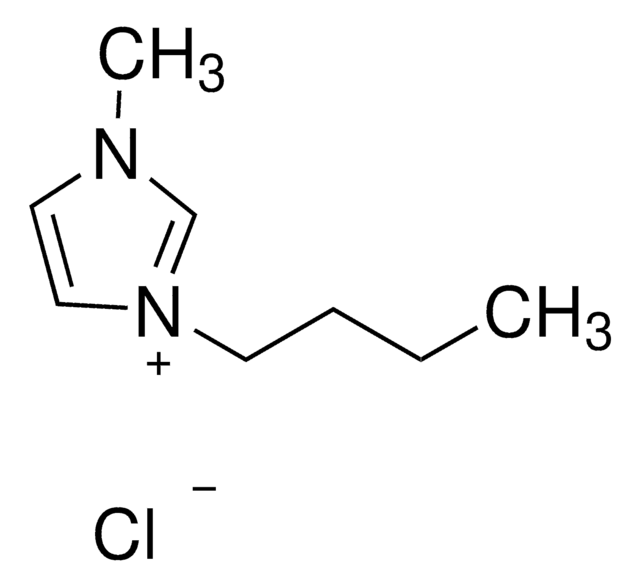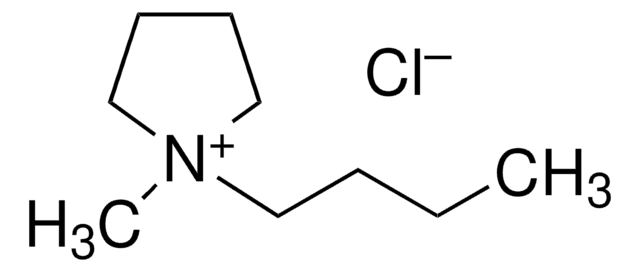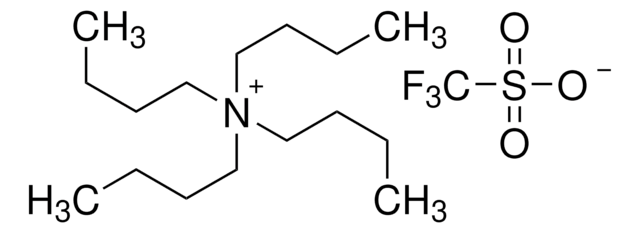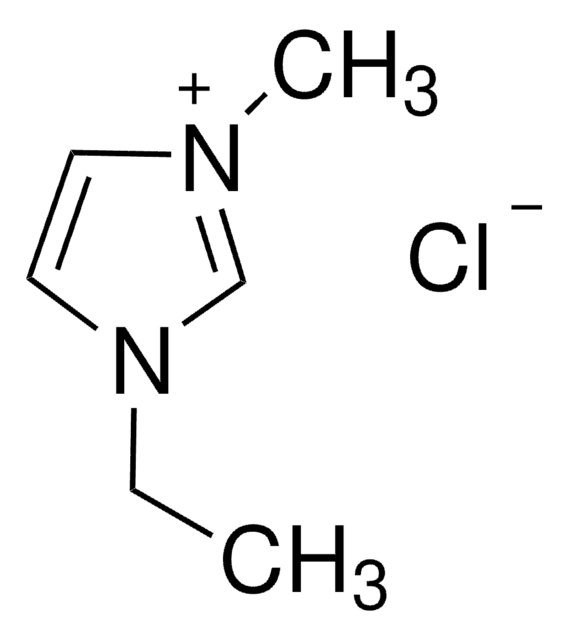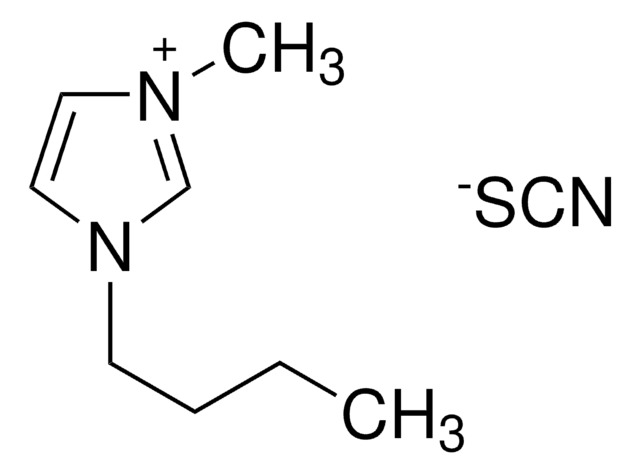900807
1-Butyl-1-methylpiperidinium bis(trifluoromethylsulfonyl)imide
≥99%, H2O <500 ppm
Sinonimo/i:
N-Butyl-N-methylpiperidinium bis(trifluoromethanesulfonyl)imide
About This Item
Prodotti consigliati
Saggio
≥99%
Stato
liquid
Composizione
H2O, <500 ppm
Punto di fusione
-25 °C
Densità
1.374 g/cm3
applicazioni
battery manufacturing
Stringa SMILE
O=S([N-]S(=O)(C(F)(F)F)=O)(C(F)(F)F)=O.C[N+]1(CCCC)CCCCC1
InChI
1S/C10H22N.C2F6NO4S2/c1-3-4-8-11(2)9-6-5-7-10-11;3-1(4,5)14(10,11)9-15(12,13)2(6,7)8/h3-10H2,1-2H3;/q+1;-1
ZDMWZUAOSLBMEY-UHFFFAOYSA-N
Cerchi prodotti simili? Visita Guida al confronto tra prodotti
Descrizione generale
Applicazioni
Prodotti correlati
Avvertenze
Danger
Indicazioni di pericolo
Classi di pericolo
Acute Tox. 3 Dermal - Acute Tox. 3 Oral - Eye Dam. 1 - Skin Corr. 1B
Codice della classe di stoccaggio
6.1C - Combustible acute toxic Cat.3 / toxic compounds or compounds which causing chronic effects
Classe di pericolosità dell'acqua (WGK)
WGK 3
Punto d’infiammabilità (°F)
>230.0 °F
Punto d’infiammabilità (°C)
> 110 °C
Scegli una delle versioni più recenti:
Certificati d'analisi (COA)
Non trovi la versione di tuo interesse?
Se hai bisogno di una versione specifica, puoi cercare il certificato tramite il numero di lotto.
Possiedi già questo prodotto?
I documenti relativi ai prodotti acquistati recentemente sono disponibili nell’Archivio dei documenti.
Articoli
Dr. Sun reviews the recent advances in solid-state rechargeable batteries and cover the fundamentals of solid electrolytes in solid-state batteries, the theory of ion conduction, and the structures and electrochemical processes of solid-state Li batteries.
Here, we present a short review of ionic liquid electrolytes used in state-of-the-art rechargeable batteries including high performance and low-cost aluminum batteries, non-flammable Li-based batteries, and high-cycling and stable dual-graphite batteries. We also outline the key issues explored so as to identify the future direction of IL development.
Il team dei nostri ricercatori vanta grande esperienza in tutte le aree della ricerca quali Life Science, scienza dei materiali, sintesi chimica, cromatografia, discipline analitiche, ecc..
Contatta l'Assistenza Tecnica.

